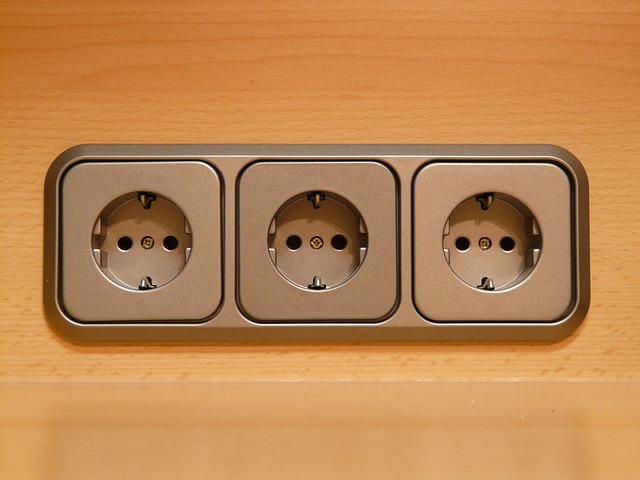Green Technologies for Achieving Carbon Neutrality: An In-depth Look into Sustainable Energy Management
In today’s world, the urgency to adopt energy management strategies is more pronounced than ever. As we strive for a future characterized by a sustainable lifestyle, understanding how to effectively utilize green technologies becomes essential. The quest for carbon neutrality isn’t just a distant ideal but a tangible goal that requires intentional actions from individuals, businesses, and governments alike.
Sustainable Development: The Path to a Greener Future
Sustainable development plays a crucial role in shaping the future of our planet. It emphasizes the importance of meeting our current needs without compromising the ability of future generations to meet theirs. Energy management is a pivotal part of this, as it involves the efficient use of natural resources while minimizing our ecological footprint. By adopting sustainable practices, we can ensure that economic growth and environmental preservation go hand in hand.
Understanding Our Ecological Footprint
The concept of the ecological footprint helps us gauge the environmental impact of our lifestyles. It quantifies the total amount of land and water necessary to produce the resources we consume and to absorb the waste we generate. Lowering our ecological footprint is about making conscious choices in our daily lives, and effective energy management is a critical component of this endeavor. By utilizing renewable energy sources like solar, wind, and hydropower, we can significantly reduce our carbon emissions and contribute to a healthier planet.
Green Technologies: Innovations Leading the Charge
Green technologies are redefining how we interact with energy. From energy-efficient appliances to smart grids and electric vehicles, these advancements are designed to minimize waste and optimize resource use. Innovations in solar panel technology and wind turbines have made renewable energy more accessible and affordable. Furthermore, energy storage solutions like advanced batteries play a significant role in harnessing renewable sources, ensuring that we can rely on clean energy even when the sun doesn’t shine or the wind doesn’t blow.
Implementing these technologies is not merely a choice; it is a responsibility we hold towards the environment and future generations. The transition toward carbon neutrality necessitates a multifaceted approach that integrates energy management across all sectors—residential, commercial, and industrial.
Striving for Carbon Neutrality
Aiming for carbon neutrality means committing to balance the amount of carbon emitted with an equivalent amount of carbon removed from the atmosphere. This balance is achievable through a combination of reducing emissions via energy management practices and investing in carbon offset programs like reforestation and carbon capture technologies.
As individuals, we can play our part by adopting sustainable practices at home, such as using energy-efficient appliances, reducing water usage, and supporting local and sustainable products. On a larger scale, businesses and governments can invest in infrastructure that promotes renewable energy and supports sustainability initiatives.
The journey towards carbon neutrality is one that integrates innovative practices and collective efforts. With every step taken towards efficient energy management, we are not just investing in a sustainable future; we are preserving the very planet we call home.




